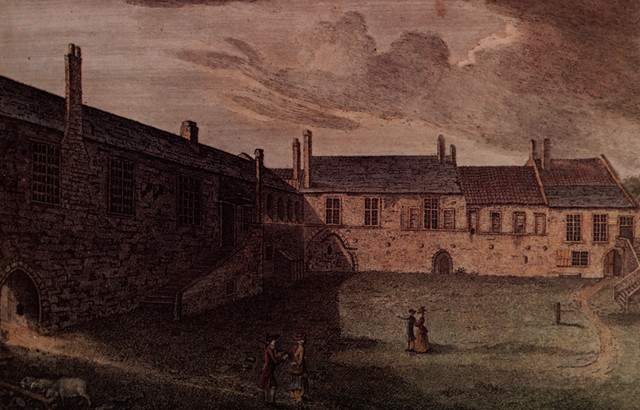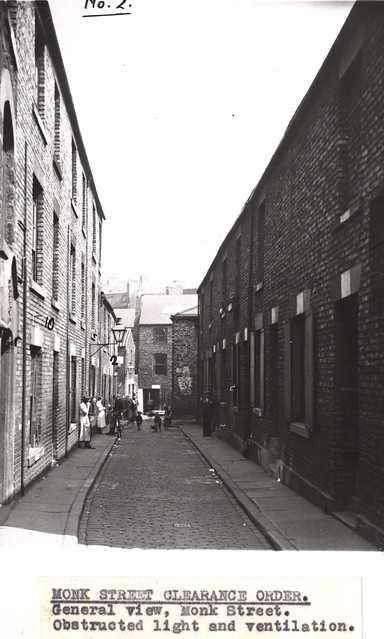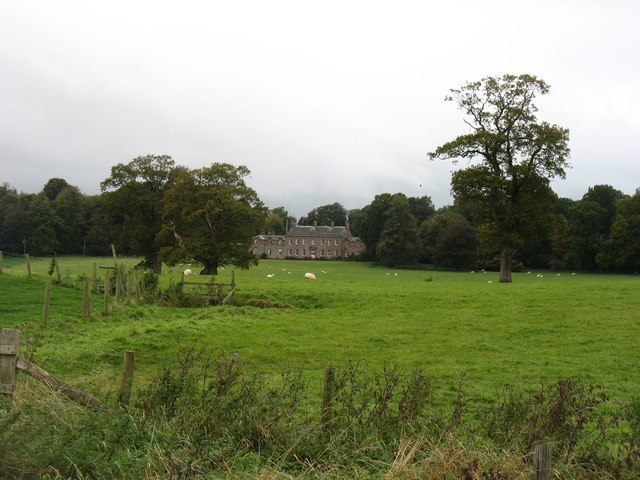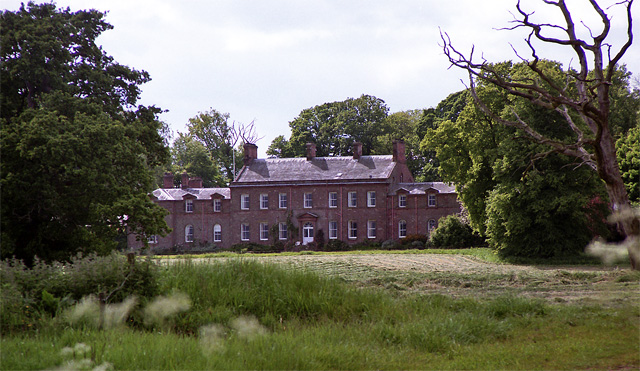Blackfriars Newcastle

-
Description
The Dominicans arrived in Newcastle in 1239, and established their priory in the north west of the city, thanks to the benefaction of Sir Peter Scott. The city walls were built right next to the priory, and the walls were moved so close that the Dominicans had the keys to a small gate through the city walls! In the 1250s, the Prior of Newcastle was admonished by the General Chapter of the Order of Preachers for the lavishness of the architecture of this Newcastle Priory! However, such a grand priory played host to royalty including Edward III, and it was here that Edward Balliol, king of Scotland paid homage to that English king in 1334. The priory was dissolved by Henry VIII in 1536. The church was destroyed and pillage for its stone and lead. However, the south, east, and west ranges survived, as these were sold to the civic authorities of Newcastle. Many of these were converted into craft shops, restaurants, and small offices. Above is the south range, which housed the friars' refectory and kitchen. The Dominicans (Blackfriars) returned to Newcastle in the 19th century. St Dominic's Priory, the new Blackfriars, was opened by Cardinal Manning in 1873. it is situated on New Bridge Street. -
Owner
Lawrence OP -
Source
Flickr (Flickr) -
License
What does this mean? Attribution-NonCommercial-NoDerivs License
-
Further information
Link: https://www.flickr.com/photos/35409814@N00/4875827528/
Resource type: Image
Added by: Pat Thomson
Last modified: 8 years, 11 months ago
Viewed: 1314 times
Picture Taken: Unknown -
Co-Curate tags









